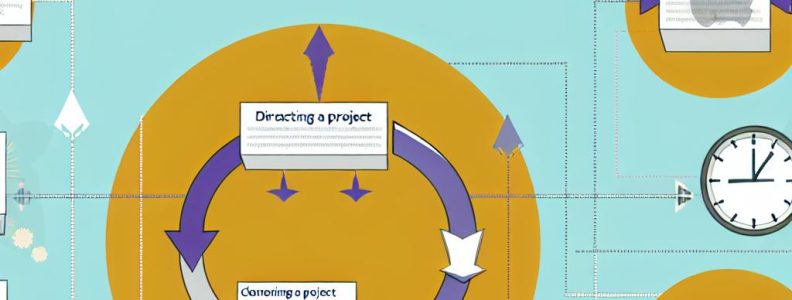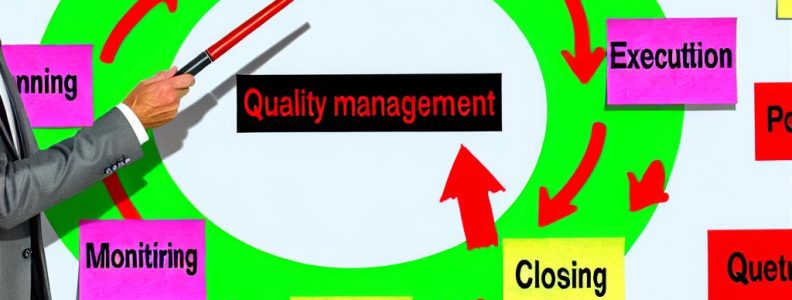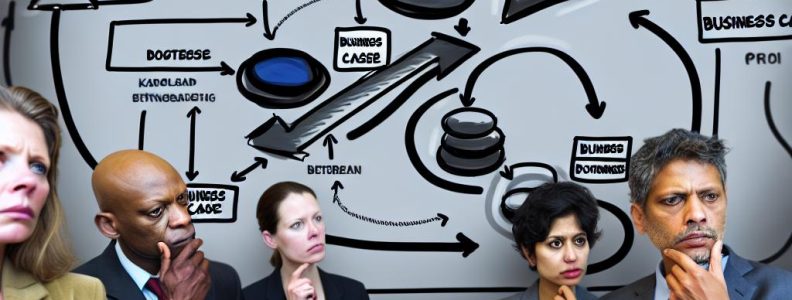Understanding Work Packages in PRINCE2
In the PRINCE2 project management methodology, which stands for PRojects IN Controlled Environments, work packages serve a vital function. They help ensure that tasks are strategically managed and successfully completed. Essentially, a work package consists of a bundle of work that is precisely defined and then assigned to a designated team or individual. It provides detailed instructions on how the tasks within it are to be accomplished. This framework not only streamlines project management but also fosters an environment of clarity and efficiency.
Defining a Work Package
A work package in PRINCE2 involves more than just outlining a task. It covers the work that needs to be carried out, the necessary resources to achieve it, the timescales within which it should be completed, and the quality benchmarks that must be met. The creation of work packages happens during the initial project planning stage. They are structured to promote seamless communication and efficient management of tasks.
Key Elements of a Work Package
Producing an effective work package involves considering several key components:
Description of Work: This is a comprehensive explanation of the tasks that need to be accomplished. It goes beyond mere listing, detailing what needs to be done and providing context where necessary, thus offering a clear pathway for execution.
Product Descriptions: This element includes detailed information about each deliverable or output that is anticipated from the work package. It ensures that all parties involved know exactly what is expected, leaving minimal room for ambiguity.
Constraints and Requirements: These encompass any limitations that must be acknowledged, such as budget constraints, time restrictions, or resource availability. This section is crucial as it prepares the executing team to strategize effectively within these limitations.
Quality Criteria: This defines the standards by which the work will be assessed. Setting these criteria upfront ensures that the quality of the deliverables can be objectively measured, thus aligning the outcomes with the project’s overarching goals.
Dependencies: Identifying other tasks that must be completed first or concurrently is essential. Understanding these dependencies ensures that the workflow is seamless and that bottlenecks or delays are minimized.
The Role of Work Packages in Project Execution
In PRINCE2 methodology, the work package functions as a crucial tool for bringing clarity and direction to the project execution phase. It acts similarly to a contract between the project manager and the team responsible for bringing the work to fruition. By outlining clear-cut expectations and requirements, it aligns all participants with the project’s goals and methods for completing tasks.
Communication and Control
One of the critical functions of a work package in PRINCE2 is to enhance communication amongst project participants. With a structured work package in place, team members have access to clear and concise instructions, thereby reducing the likelihood of misunderstandings. This clarity ensures that everyone is informed and synchronized, contributing toward a more cohesive project development process.
Additionally, work packages are instrumental in maintaining control over the project. They allow project managers to decompose the entire project into smaller, more manageable segments. This decomposition facilitates progress monitoring and provides a solid foundation for performance evaluation. Regularly monitoring these individual components makes it easier to identify potential issues early in the process. Consequently, project managers can implement timely corrective measures, ensuring the project stays on track.
Benefits of Using Work Packages
Implementing work packages within a PRINCE2 framework brings several notable advantages:
Improved Focus: Teams operate with well-defined scopes, which leads to heightened concentration on the tasks at hand and enhances overall efficiency.
Enhanced Accountability: By assigning specific tasks to individual team members, accountability is greatly improved, as each participant’s role and responsibilities are crystal clear.
Risk Management: With detailed work plans in place, potential risks can be anticipated and addressed proactively. This foresight allows teams to develop contingency plans and mitigate risks before they escalate into significant issues.
Resources and Further Reading
For those interested in gaining a deeper understanding of PRINCE2 and the role of work packages, several resources are available. Diving into official guidelines and methodologies can provide invaluable insights. Training courses offered by certified project management institutes are particularly beneficial for acquiring comprehensive knowledge and practical skills. Additionally, resources available through the official PRINCE2 website, or from certified training providers, can serve as excellent channels for learning best practices. These resources can significantly enhance one’s capacity to effectively implement PRINCE2 methodologies in diverse project environments. By taking advantage of these learning opportunities, both new and seasoned project managers can bolster their expertise in the field of project management.










